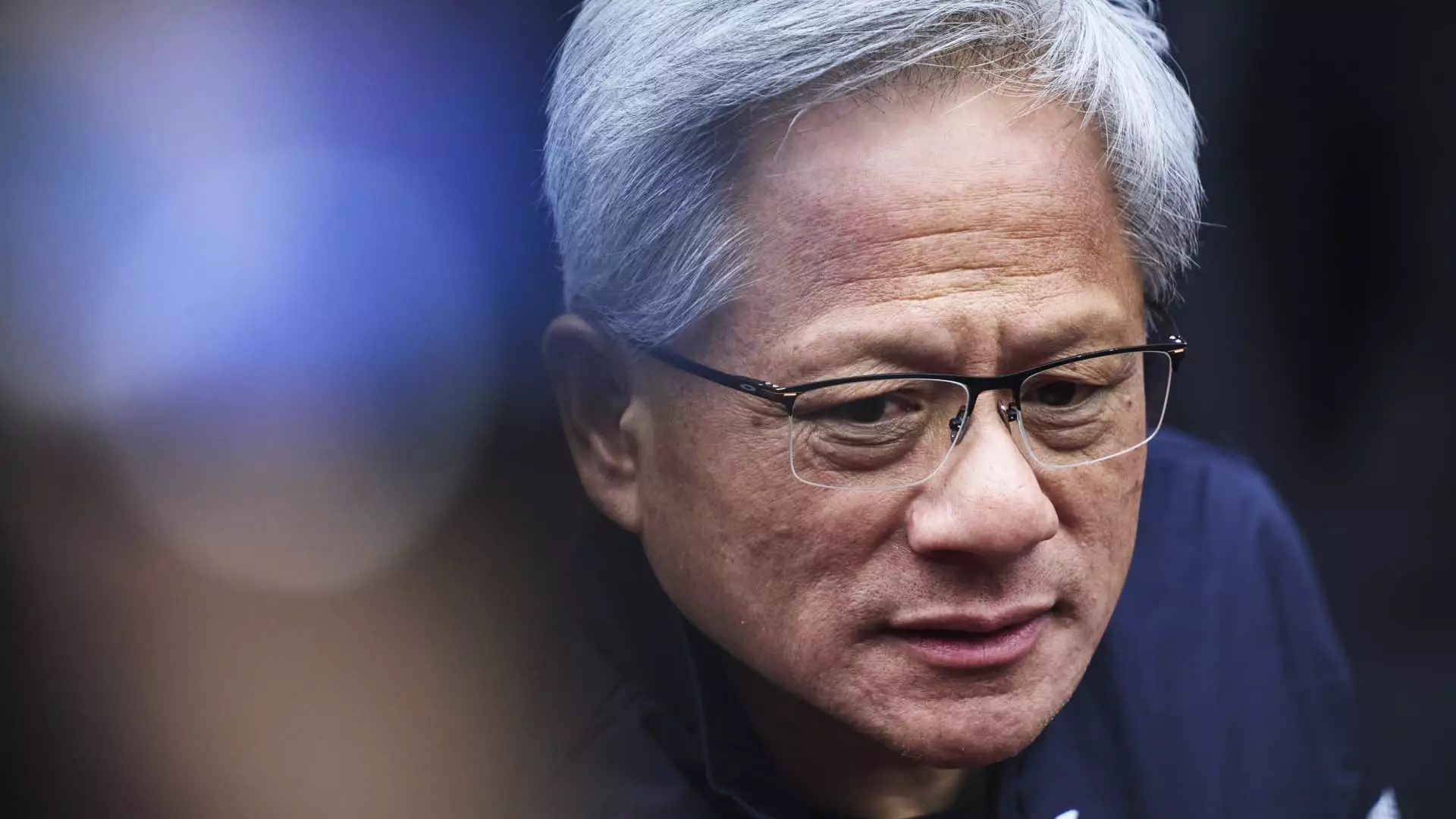In an era where artificial intelligence has emerged as a cornerstone of technological advancement, the impending meeting between Nvidia CEO Jensen Huang and President Donald Trump underscores the intersection of industry innovation and governmental policy. Set to take place in Washington D.C., this high-stakes dialogue aims to address the future trajectory of AI policy in the United States. With a backdrop of increasing pressures from international competitors and domestic regulatory challenges, the conversation is pivotal not just for Nvidia, but for the broader tech landscape.
The discussions are expected to delve into the implications of China’s advancements in AI technology, specifically referencing DeepSeek, which has gained prominence in the field. This suggests a potential for competitive tension alongside a more collaborative spirit as both leaders explore avenues for U.S. leadership in AI. With Huang’s stature as the head of one of America’s most valuable tech companies, the meeting is seen as an opportunity for both figures to establish a working relationship, aiming for a synergistic approach to AI innovation.
The meeting marks a significant moment in the evolving relationship between the technology sector and the Trump administration. Since the onset of his second term, Trump has witnessed a gradual thaw in relations with several tech titans, a contrast from the more contentious interactions during his earlier presidency. CEO participation during Trump’s recent inauguration reflects a newfound willingness among tech leaders to engage in dialogues that shape policy affecting their industries. This is a notable shift, particularly as figures like Elon Musk have stepped into influential advisory roles, indicating a potential rapprochement between Silicon Valley and Washington D.C.
Furthermore, the composition of attendees at the inauguration reveals a commitment from major industry stakeholders to align their interests with the political landscape for mutual benefit. With Huang’s influence growing, the Trump administration will likely seek ways to harness Nvidia’s capabilities to bolster U.S. competitiveness in AI amid global rivalries.
As the meeting approaches, regulatory challenges are expected to dominate the conversation between Huang and Trump. Nvidia is navigating a complex web of restrictions, particularly with exports of its sophisticated chip technology to countries like China and Russia. The recent announcement by the Biden administration regarding stringent chip sales rules has raised significant concerns within the industry, signaling a possible alteration in market dynamics that could disadvantage American firms.
The implications of these regulations are vast, affecting Nvidia’s operational strategy as well as its financial prospects. With the White House currently reviewing these export restrictions, Huang’s insights could play a pivotal role in shaping future policy, especially since Trump has the potential to reverse some of the previous administration’s more restrictive measures. This highlights the crucial nature of the dialogue as both leaders aim to balance national security interests with the need for industry growth.
Another major point of conversation is anticipated to involve the revitalization of domestic chip manufacturing capabilities. The CHIPS Act, originally designed to incentivize the establishment of semiconductor production on U.S. soil, faces scrutiny and potential reconfiguration under the new administration’s agenda. Discussions around investments in U.S. fabrication capabilities will be critical, especially considering that much of Nvidia’s production relies on facilities operated by Taiwan Semiconductor Manufacturing Company.
The push for a more self-sufficient semiconductor landscape is not just about fostering national security; it’s also about positioning the U.S. as a leader in technological advancement. The focus will likely be on how government subsidies and private investment can collaborate to re-establish a competitive edge in chip design and manufacturing, which is integral to the future of AI and related technologies.
The forthcoming meeting between Jensen Huang and President Trump symbolizes a crucial turning point for the convergence of technology and policy in the AI domain. As the stakes continue to rise with global competition and regulatory complexities, this encounter will likely set the tone for the future of artificial intelligence in the United States. With both leaders positioned to influence pivotal industry dynamics, the outcome of this discussion could chart the course for Nvidia and the tech sector at large, influencing not just market strategies, but also the overarching narrative of innovation in America.


Leave a Reply